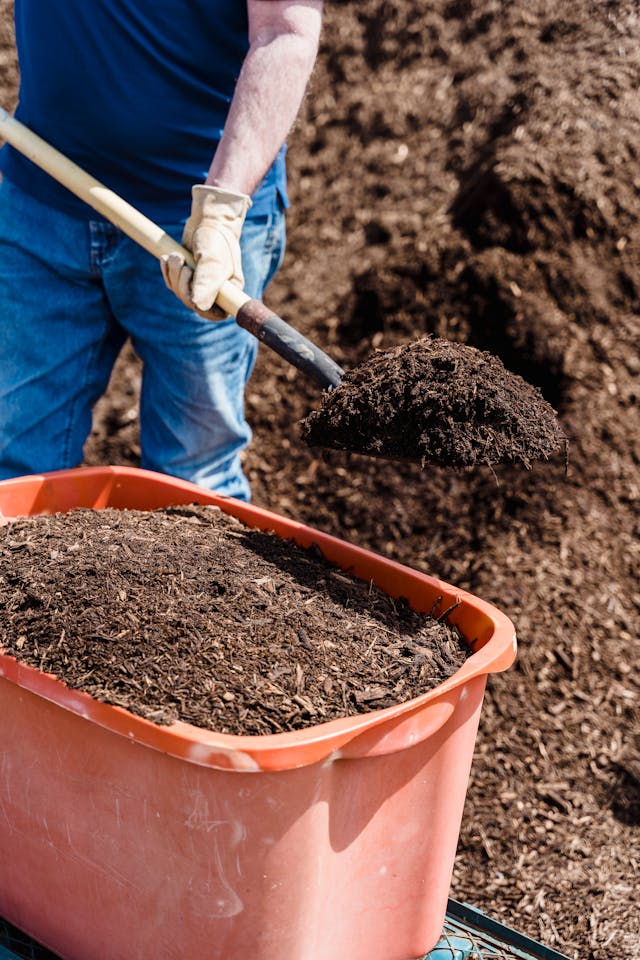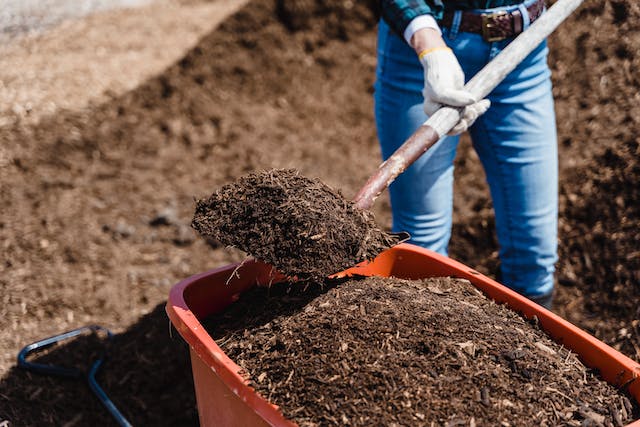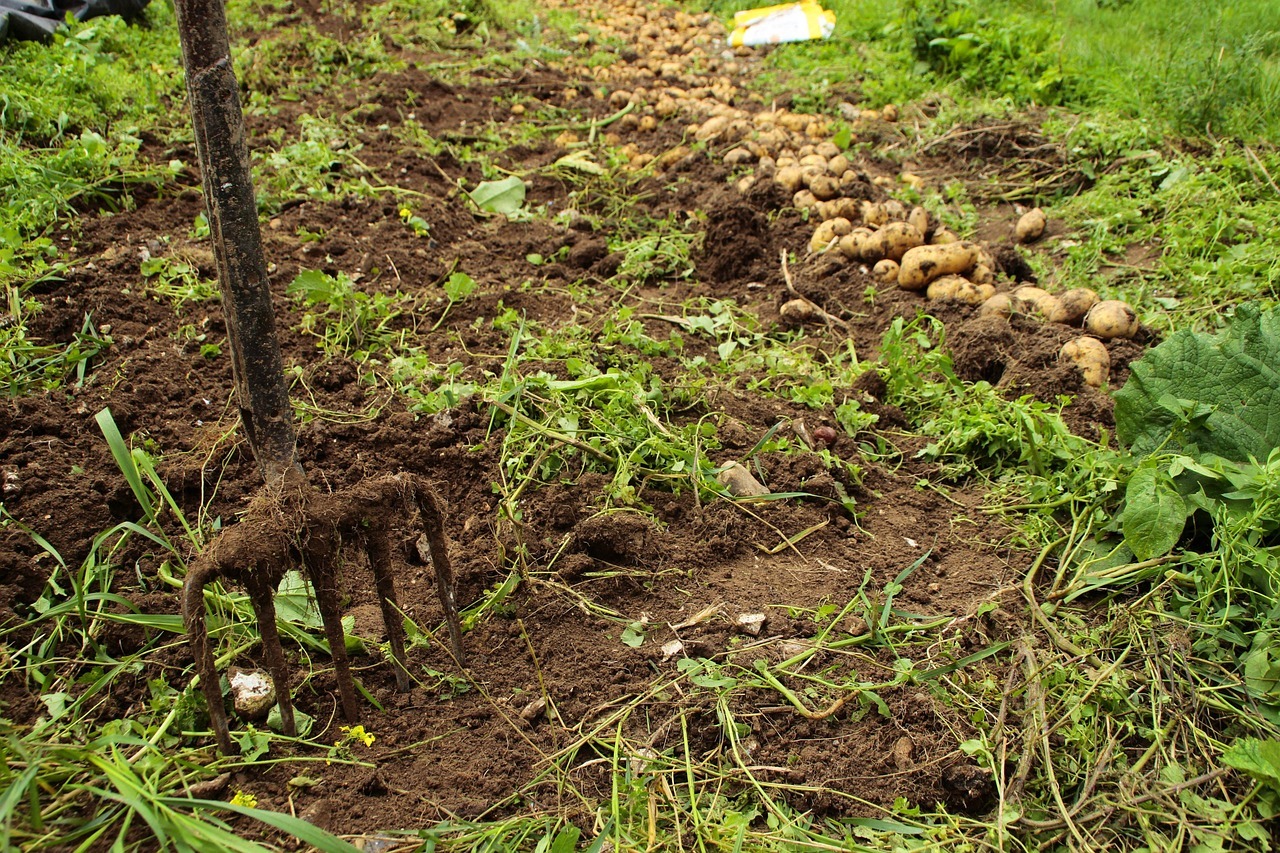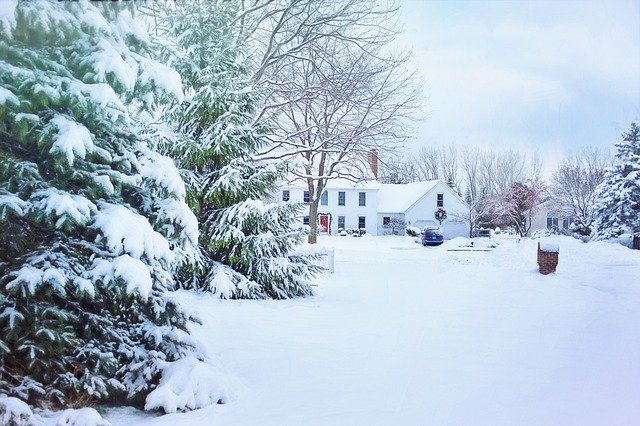Compost Bin vs. Compost Tumbler: Which Is Best for Your Homestead?
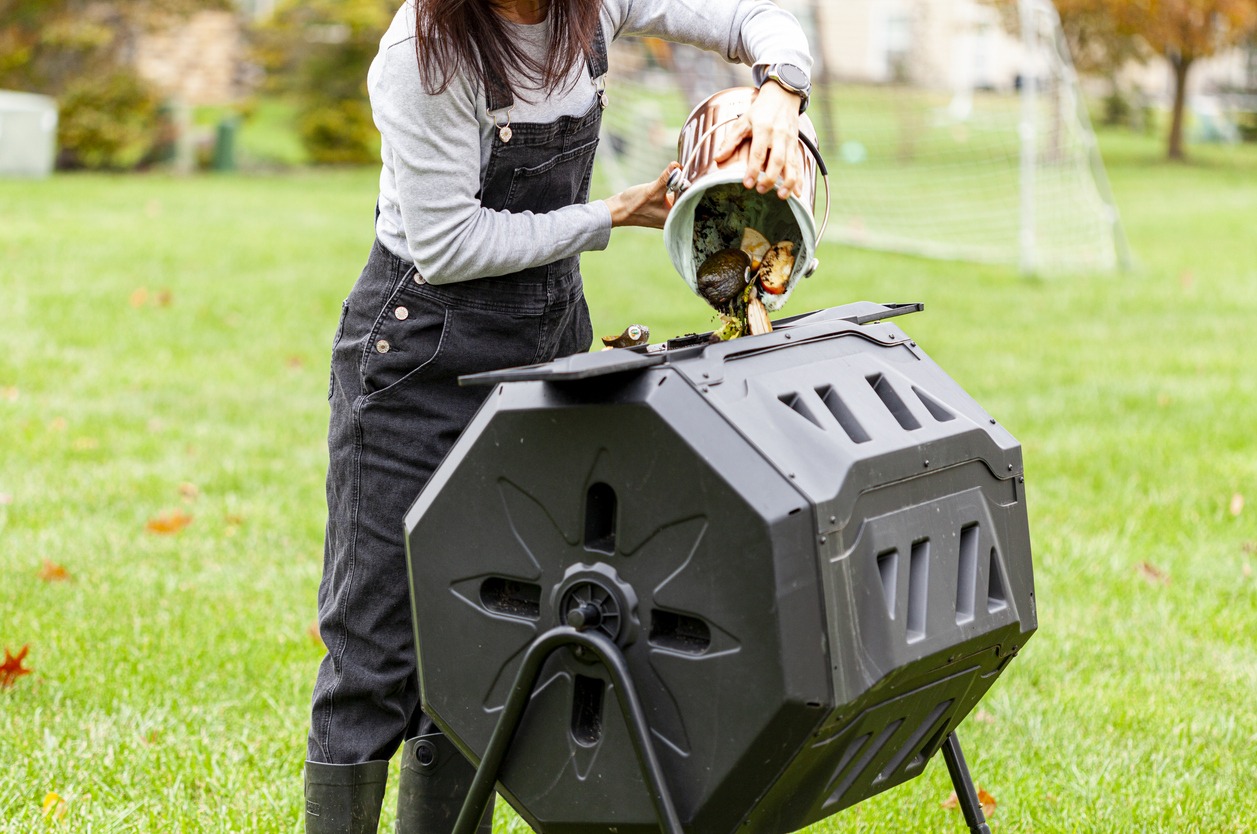
Composting is one of the simplest ways to practice sustainability while improving the quality of your soil. For homesteaders, it’s a practical and rewarding way to manage organic waste while enriching the earth. But if you’re new to composting—or even if you’ve been doing it for years—you might wonder: should you use a compost bin or a compost tumbler?
Both options have their strengths and weaknesses. The right choice depends on your space, budget, waste volume, and composting goals. In this article, we’ll explore the key differences between compost bins and tumblers to help you make an informed decision for your homestead.
What Are Compost Bins and Tumblers?
Before diving into comparisons, it’s important to understand what each system offers.
Compost Bins
Compost bins are simple, often open-bottomed containers that sit directly on the ground. They’re designed to hold organic waste while allowing microorganisms and worms to decompose the material naturally. Compost bins are typically larger, with capacities ranging from 7 to 20 cubic feet. They’re affordable, easy to set up, and effective for homesteaders who produce large volumes of organic waste.
A large-capacity bin is ideal rural homesteaders who manages yard debris, kitchen scraps, and animal bedding. The natural drainage and contact with soil boost compost quality.
Advantages of Compost Bins:
- Larger capacity for yard debris and kitchen scraps.
- Affordable and easy to DIY with materials like pallets or plastic containers.
- Ideal for maintaining long-term compost piles.
Challenges with Compost Bins:
- Require manual turning with a pitchfork or shovel.
- Open design makes them more susceptible to pests like rodents or insects.
- Composting takes longer compared to tumblers.
Compost Tumblers
Compost tumblers are enclosed containers mounted on a frame, allowing you to rotate the contents for faster decomposition. These systems typically range from 4 to 15 cubic feet in capacity. Tumblers are designed for efficiency, making them ideal for those who want quicker results with minimal effort.
A compact tumbler is perfect for urban gardeners with small yards and minimal waste. The sealed design keeps everything clean and odor-free.
Advantages of Compost Tumblers:
- Faster composting process (as little as 4-6 weeks).
- Easy to mix materials by simply rotating the drum.
- The sealed design prevents pests and controls odors.
Challenges with Compost Tumblers:
- Higher upfront cost compared to bins.
- Smaller capacity, which may not be suitable for larger homesteads.
- Some models require assembly and maintenance.
Space and Size Considerations
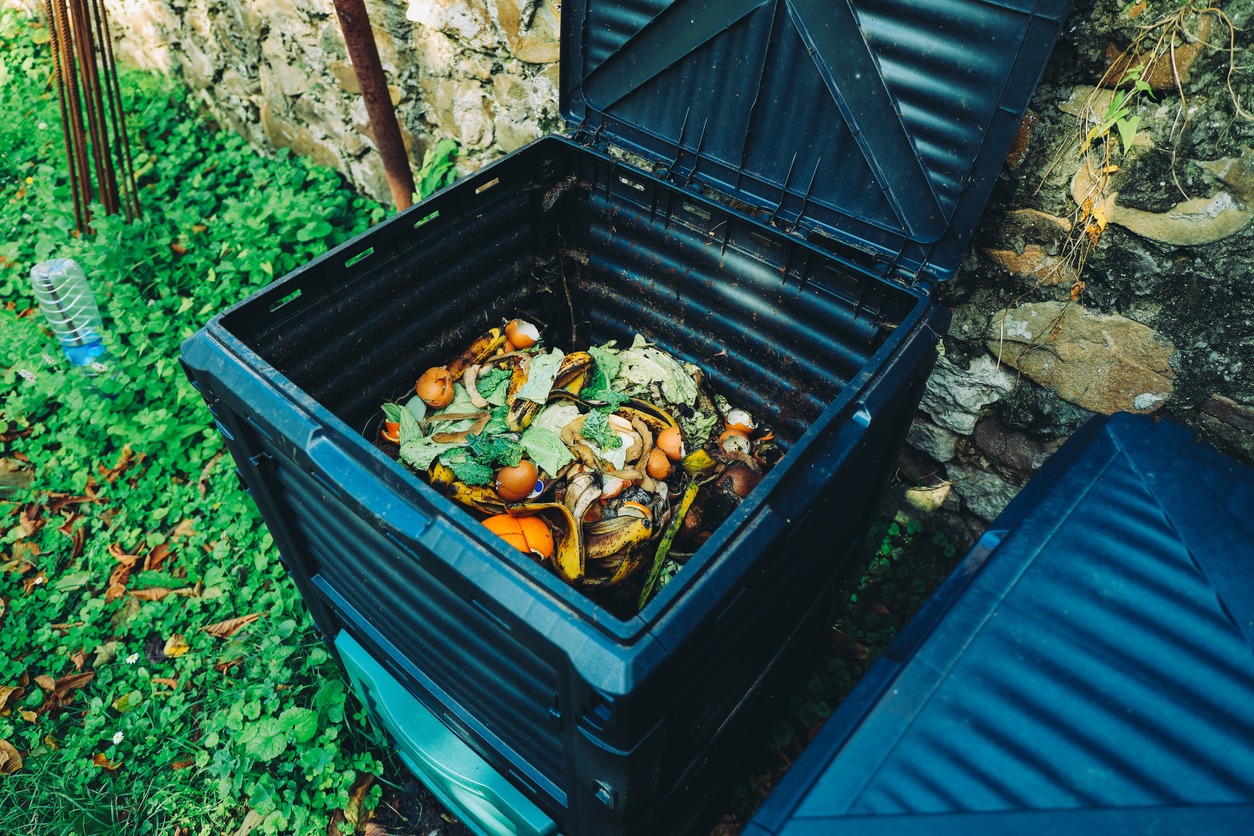
Both compost bins and tumblers occupy a similar physical footprint, typically requiring about 4 to 6 square feet of ground space. However, their capacity and efficiency differ significantly.
Compost Bins: Maximizing Capacity
If you generate a lot of compostable waste, bins are your best bet. Their larger size allows you to process more material without increasing the physical space they occupy. Open-bottomed bins also allow direct contact with the soil, which helps with natural drainage and microbial activity. Some bins even come with accessories like wheeled carts for easy collection.
Compost Tumblers: Compact and Contained
For those with limited space or smaller gardens, tumblers are a practical option. They’re generally more compact, and their enclosed design keeps everything tidy. Rolling tumblers are also great for maneuvering around a yard, making them an excellent choice for urban or suburban homesteaders.
Capacity and Volume
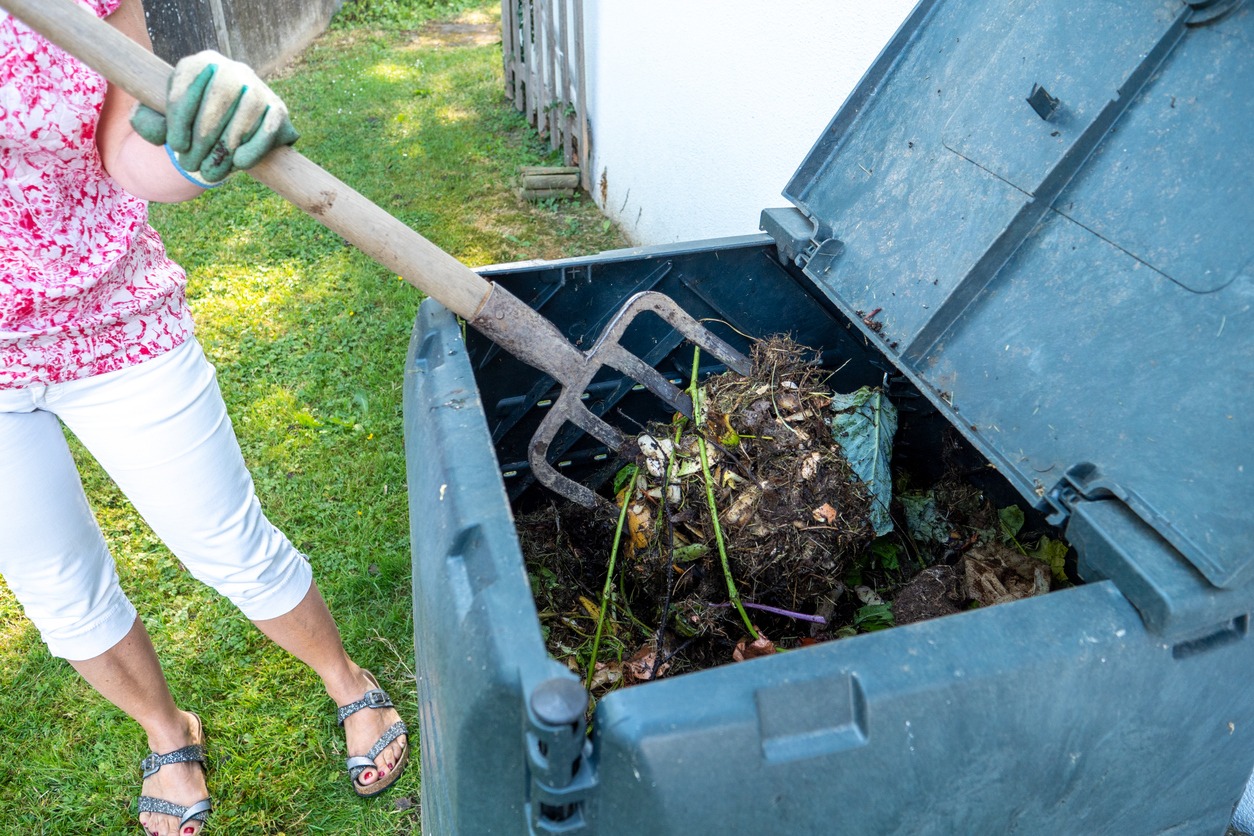
The difference in capacity is a major factor when choosing between these systems.
- Compost Bins: Typically hold 7-20 cubic feet of material, making them ideal for high-volume composting.
- Compost Tumblers: Range from 4-15 cubic feet, suitable for smaller amounts of organic waste.
While bins can handle larger volumes, tumblers make better use of their limited capacity by composting faster. If your waste output is moderate, a tumbler can keep up without the need for constant emptying.
Ease of Use and Maintenance
Your time and effort are valuable, so it’s important to choose a system that fits your lifestyle.
Compost Bins: Simple but Labor-Intensive
Bins are straightforward but require more manual labor. Turning the pile with a pitchfork or shovel ensures proper aeration and decomposition, but it can become challenging as the pile grows. Accessing finished compost, which settles at the bottom, may also require additional effort.
Compost Tumblers: Convenient and User-Friendly
Tumblers are designed with convenience in mind. Turning the compost is as easy as spinning the drum, and the sealed design prevents moisture loss or pest invasions. Larger openings make it easier to add materials and retrieve finished compost, saving time and effort.
Composting Speed and Efficiency
If speed is a priority, compost tumblers have the upper hand.
- Compost Tumblers: Can produce finished compost in just 4-6 weeks due to their superior aeration and mixing capabilities.
- Compost Bins: This may take 6 months or longer, especially if the pile isn’t turned regularly or if conditions aren’t ideal.
For homesteaders who need a steady supply of compost for their gardens, tumblers provide a more efficient solution.
Pest and Odor Control
A major concern for many composters is the risk of pests and unpleasant odors.
Compost Bins: Vulnerable to Pests
Open-bottom bins are more susceptible to rodents, insects, and other pests. To mitigate this, use bins with tight-fitting lids and avoid adding meat, dairy, or oily foods to the pile. Proper maintenance, like turning the pile and monitoring moisture levels, can also help control odors.
Compost Tumblers: Sealed and Hygienic
Tumblers excel in pest and odor control. Their sealed design keeps pests out and contains any smells, making them a cleaner option for urban or suburban settings. If you’re composting kitchen waste, a tumbler is often the better choice.
Durability and Construction
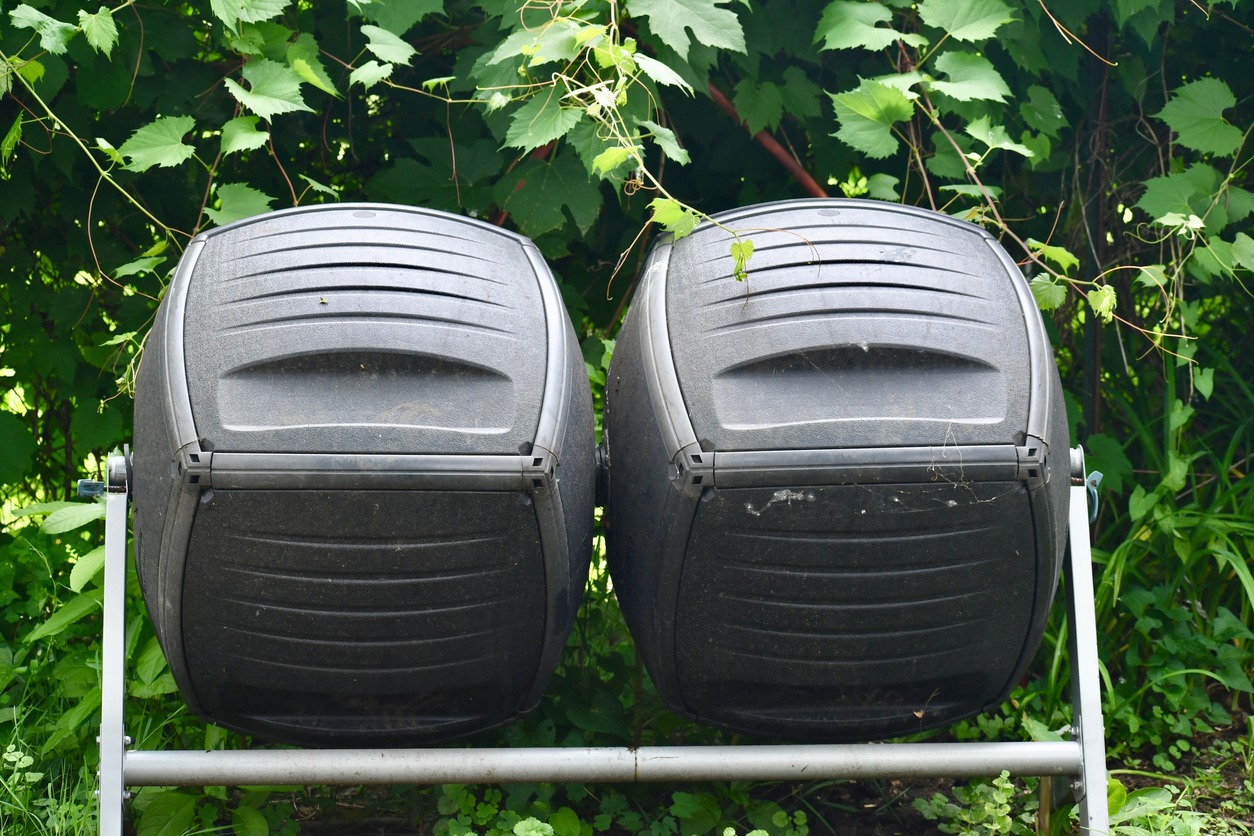
When investing in a composting system, durability is key.
- Compost Bins: Often made of lightweight plastic, which can become brittle over time. Some models may not withstand heavy use or harsh weather conditions.
- Compost Tumblers: Built with thicker materials and sturdy frames, making them more durable. High-quality tumblers can handle the weight of full loads without compromising structural integrity.
Inspecting the construction quality—such as the strength of axles, legs, and lids—is crucial when choosing a tumbler. For bins, UV-resistant materials can extend their lifespan.
Cost and Value Analysis
Your budget plays an important role in deciding between a bin and a tumbler.
Cost Comparison
- Compost Bins: $50-$200
- Compost Tumblers: $150-$400
While bins are more affordable, tumblers justify their higher price with faster composting times and reduced labor. For those on a tight budget, DIY compost bins made from pallets or trash cans offer a cost-effective alternative.
Value Over Time
Tumblers can save time and effort in the long run, which is particularly valuable for busy homesteaders. Their durability also ensures they last longer, making them a worthwhile investment.
Frequently Asked Questions
Q: Can I compost in winter? Yes! Compost bins and tumblers can both be used in winter, though decomposition may slow down. Insulating the pile or placing the tumbler in a sunny spot can help maintain activity.
Q: What can I compost? Both systems can handle kitchen scraps (fruit, vegetables, coffee grounds) and yard waste (leaves, grass clippings). Avoid meat, dairy, and oily foods.
Q: How do I prevent odors? Maintain the right carbon-to-nitrogen ratio (greens to browns) and avoid overwatering. Regular turning also helps.
Conclusion
When choosing between a compost bin and a tumbler, consider your space, waste output, and how much time and effort you want to invest. Bins are ideal for large-scale composting and budget-friendly solutions, while tumblers offer convenience and faster results.
Both systems are excellent tools for turning organic waste into nutrient-rich soil, contributing to a more sustainable homestead. Whatever you choose, start composting today and enjoy the benefits of healthier plants and a greener environment!

